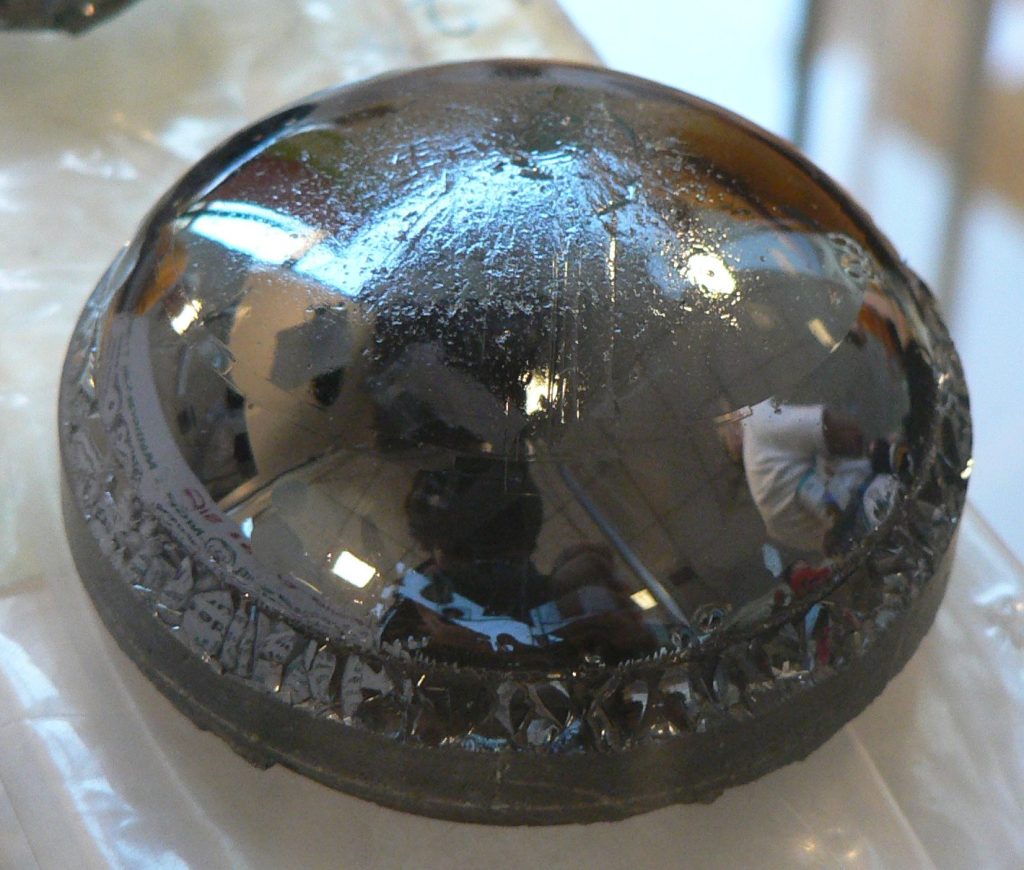Refractory Silicon Carbide (SiC): The Unyielding Guardian of Extreme Heat
In the inferno of industrial furnaces, where flames exceed 2000°C and molten metals rage, Refractory Silicon Carbide (SiC) stands unbroken. Born from silica and carbon in electric furnaces, this engineered ceramic defies extremes: a 2830°C melting point, 120–170 W/m·K thermal conductivity (rivaling copper), and Mohs 9.5 hardness. Unlike traditional refractories, SiC thrives under thermal shock, enduring 1,200+ rapid heating cycles (ASTM C1525) without fracture. Its covalent Si-C lattice remains intact even as lesser materials crumble
Conquering Metallurgy and Beyond
In electric arc furnaces (EAFs), SiC linings slash energy use by 15–20% through uniform heat distribution. It resists molten slag (basicity >2.5) and metal splatter, shielded by a self-healing SiO₂ layer (Wagner oxidation at 1200°C). Beyond steel, SiC dominates cement kilns, shrugging off alkali vapors (Na₂O/K₂O) with a <0.01 g/cm²·h corrosion rate (800°C, NaOH). In aerospace, it endures 3000°C rocket exhausts; in semiconductors, its 3.2 eV bandgap enables high-temperature electronics where silicon fails
